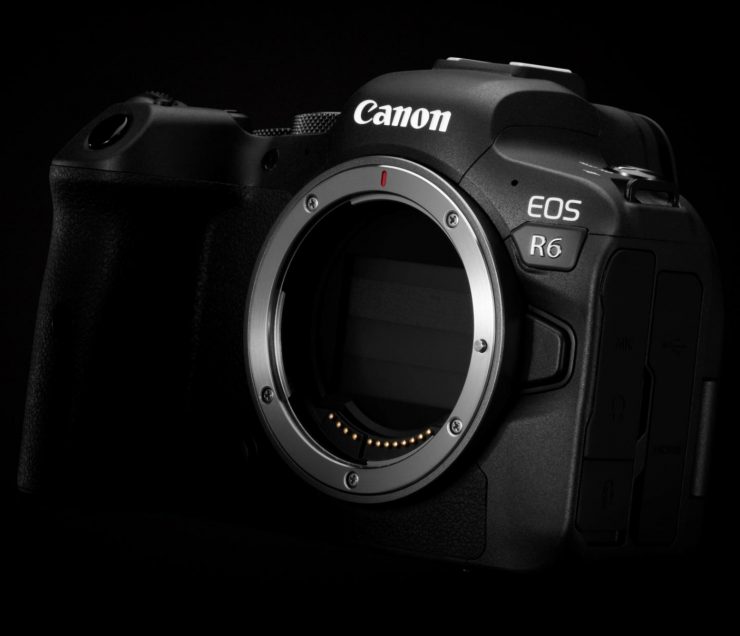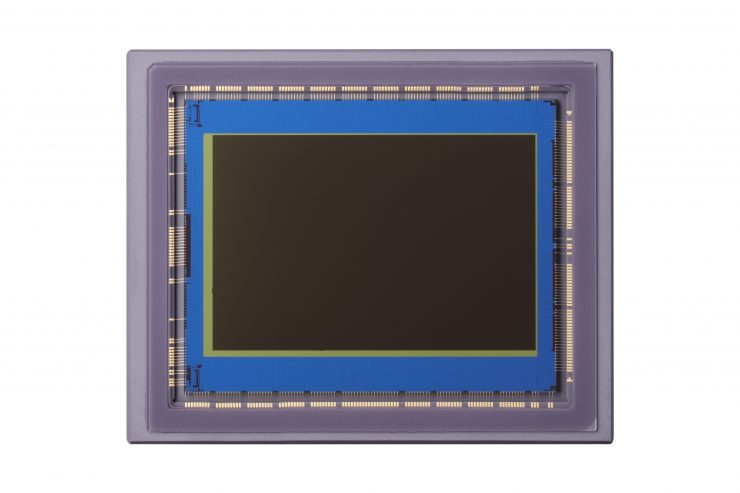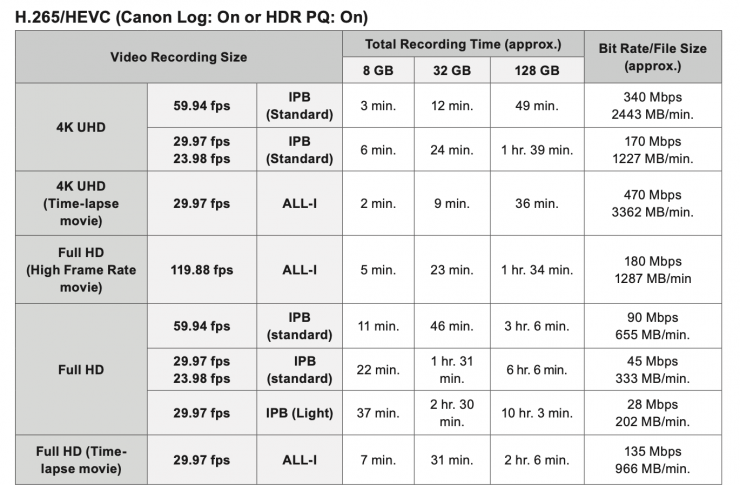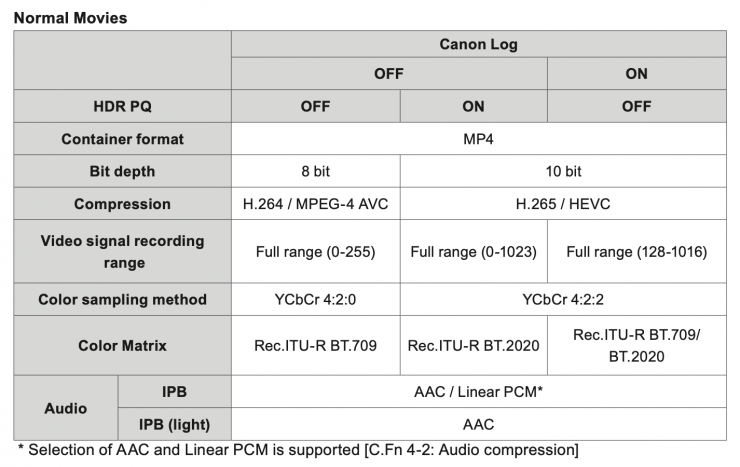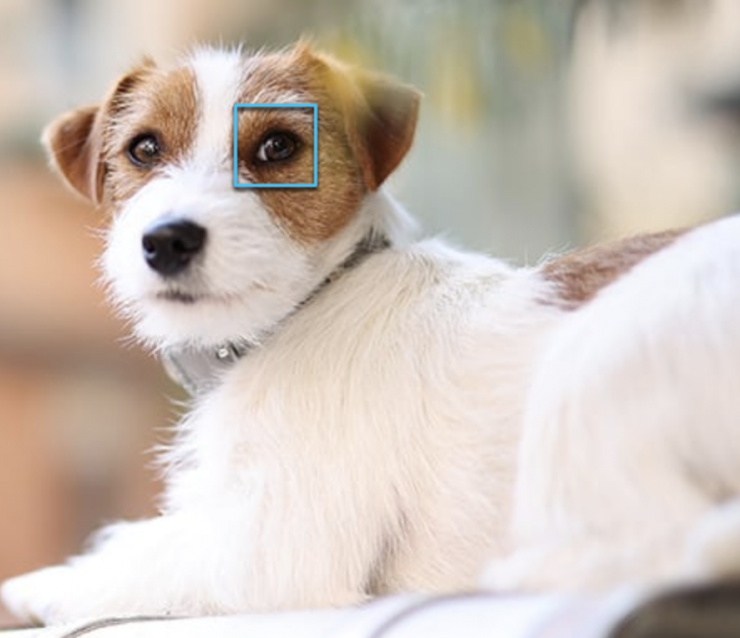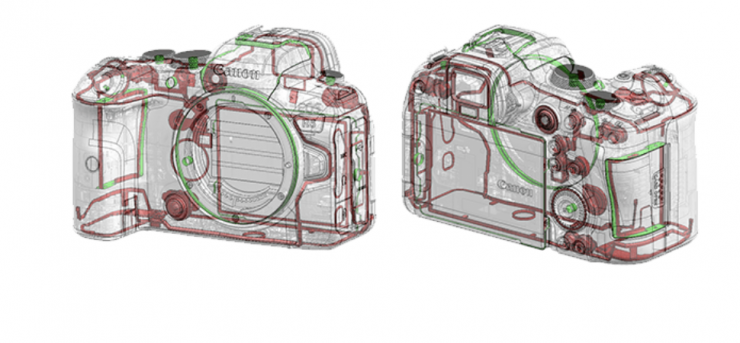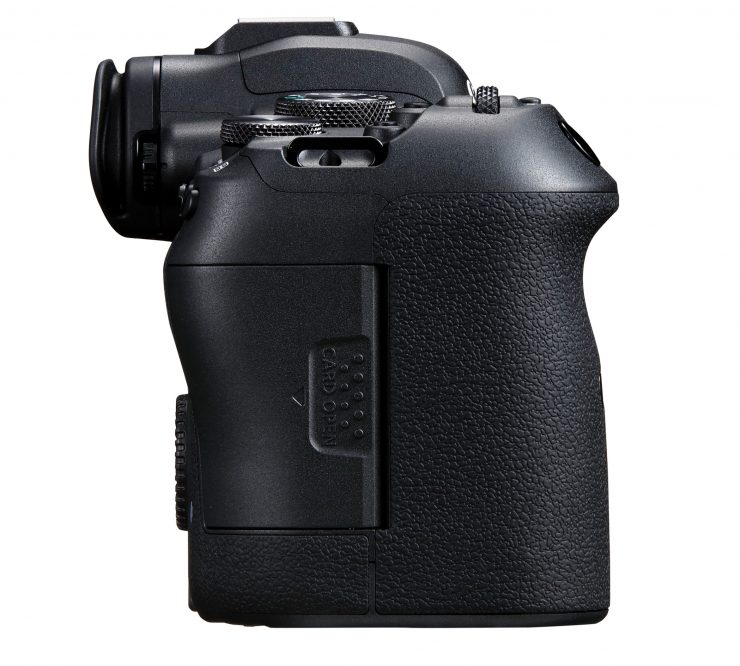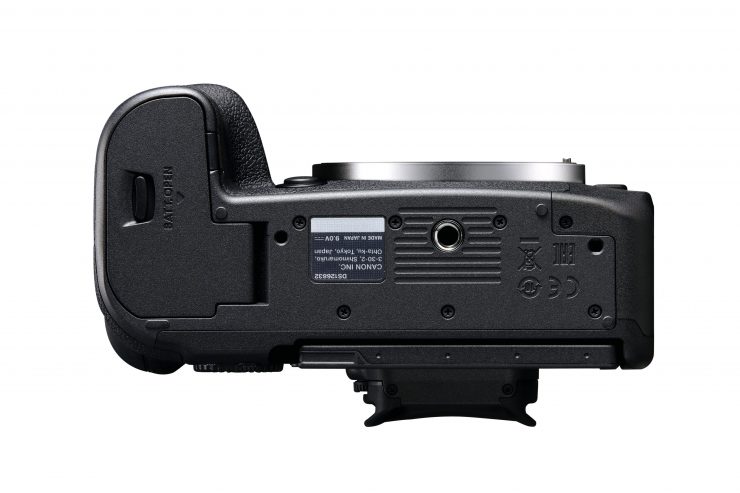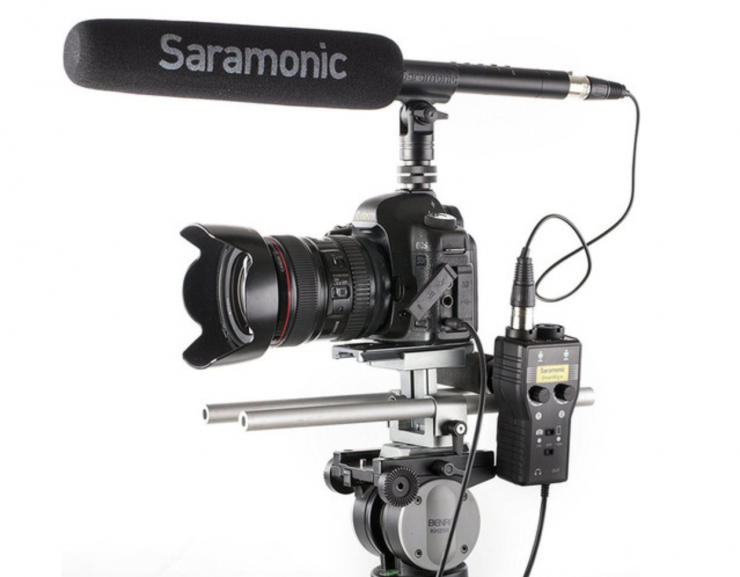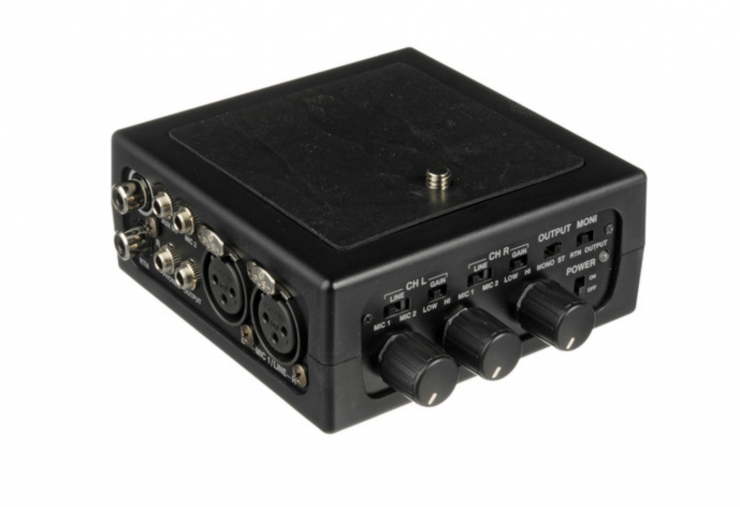Canon has today officially announced the R6, the baby brother to the R5. It is capable of shooting UHD at up to 59.94p and HD at up to 119.98p in 4:2:2 10 bit. The camera will retail for $2,499 USD.
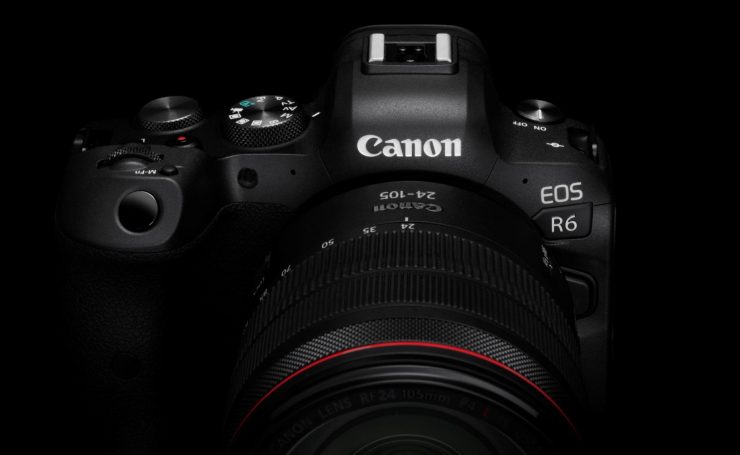
So, let’s dive in and have a look at what the EOS R6 offers.
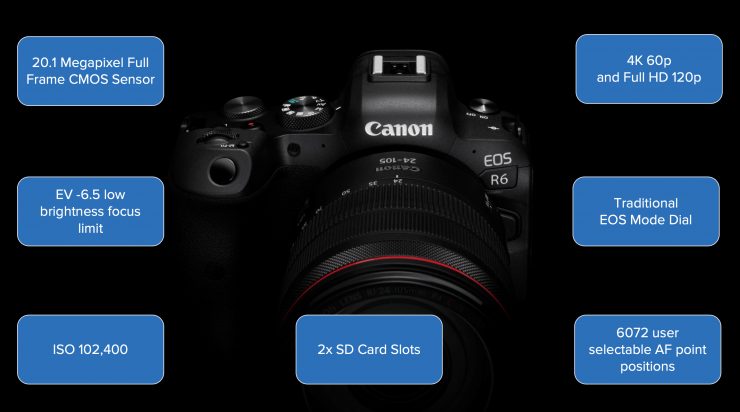
Key features
- 20.1 MP full-frame CMOS sensor
- UHD video up to 60p
- FullHD (1080p) video up to 120p
- In-body image stabilization
- DIGIC X processor
- Canon Log
- DPAF II (same as the EOS R5)
- Dual UHS-II SD memory card slots
- No top-down screen
- 12fps mechanical shutter / 20fps electronic shutter
- Bluetooth 4.2 (EOS R5 has Bluetooth 5.0)
- LP-E6NH Battery (same as the EOS R5)
Despite the R5 getting all of the attention, I actually think that the R6 could be a lot more practical and usable camera for a lot of shooters. A good proportion of users don’t have any need or requirement for 6K, let alone 8K. Most people just want good 4K that can be recorded internally in 4:2:2 10-bit at up to 60p.
Sensor
The sensor being used in the R6 is a 20.1 MP full-frame CMOS that is a variation on the same sensor that is used in the Canon 1DX Mark III. Unlike the sensor in the 1DX Mark III, which uses a ‘high-detail’ low-pass filter, the R6 uses a traditional low-pass filter. This sensor has been modified to work in a mirrorless camera. The sensor has 6.56 μm square pixel units.
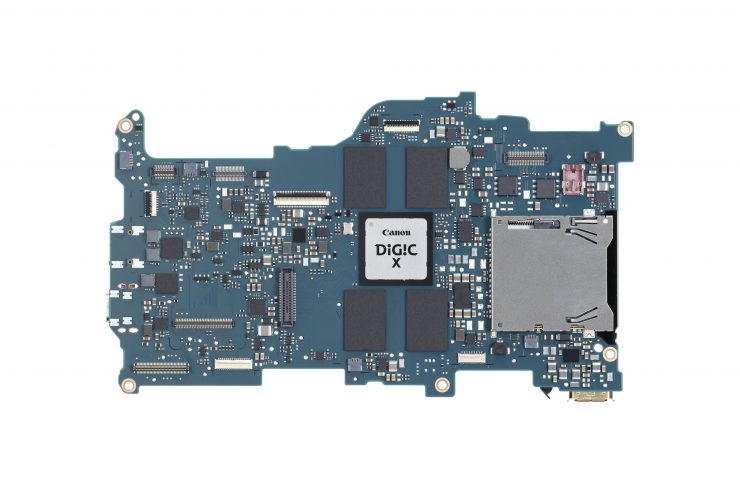
Like the EOS R5 and the 1DX Mark III, the R6 uses Canon’s DIGIC X processor.
Frame Rates & Codec
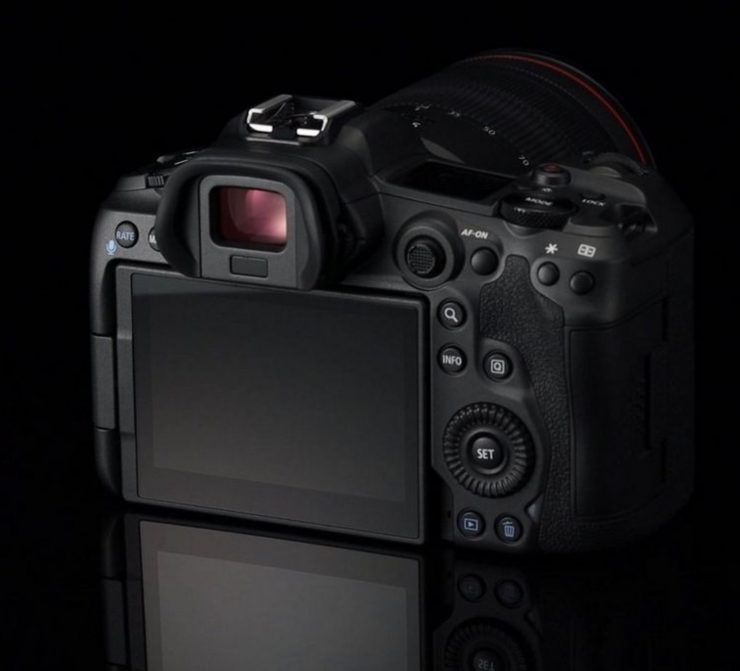
The EOS R6 shares a lot in common with the R5, but it can’t shoot in 8K, it can’t do RAW, and it can’t record 4K DCI or UHD at 119.98fps.
The R6 will be able to record UHD internally at up to 59.94p and HD up 119.998p to dual UHS-II SD cards. It can’t shoot 4K DCI and as I already mentioned it doesn’t record RAW.
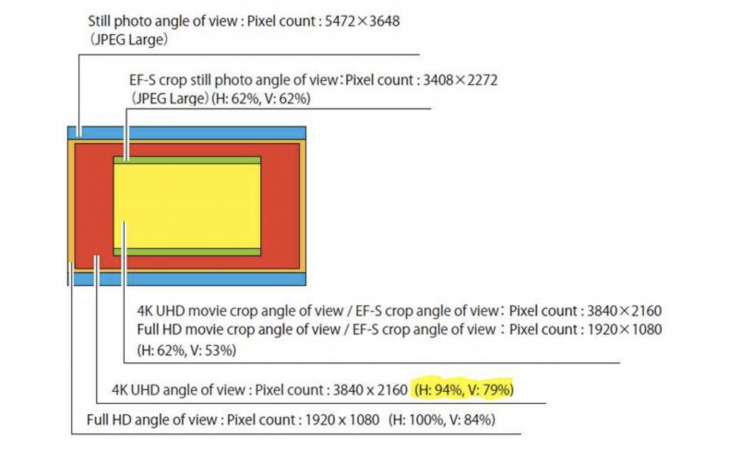
The UHD recordings are oversampled from 5.1K. The R6 doesn’t quite use the full width of the sensor, but it is pretty close (around 94%). There will be a tiny crop, but in real-world applications, it should be almost unnoticeable.
You can also enter an APS-C crop mode on the R6 and still record UHD or HD. This is handy if you want to get more reach out of your lenses.
So let’s look at the resolution choices, frame rates, and bitrates a little more closely. Below you can see a table detailing what the camera is capable of recording:
- Please note that the H.264 recording is only 4:2:0 8-bit.
| RESOLUTION | BIT DEPTH/COLOR SPACE | CODEC | FRAME RATES | |
| UHD | 4:2:2 10-bit | IPB H.265 H.264 | 23.98fps. 25fps, 29.98fps, 50fps, 59.94fps | |
| HD | 4:2:2 10-bit | ALL-I* IPB H.265 H.264 | 23.98fps, 25fps, 29.98fps, 50fps, 59.94fps, 119.98fps* |
- Please note ALL-I is not available in a lot of the shooting modes
Strangely, you can’t shoot UHD or HD at 23.98, 25, 30, 50, 59.94 in ALL-I, only in IPB. You can only shoot ALL-I when recording UHD or HD time-lapse movies, or when you are shooting HD at 119.98fps. Here is where it has been hindered when compared to the R5. The R5 can shoot ALL-I in all modes, the R6 cannot.
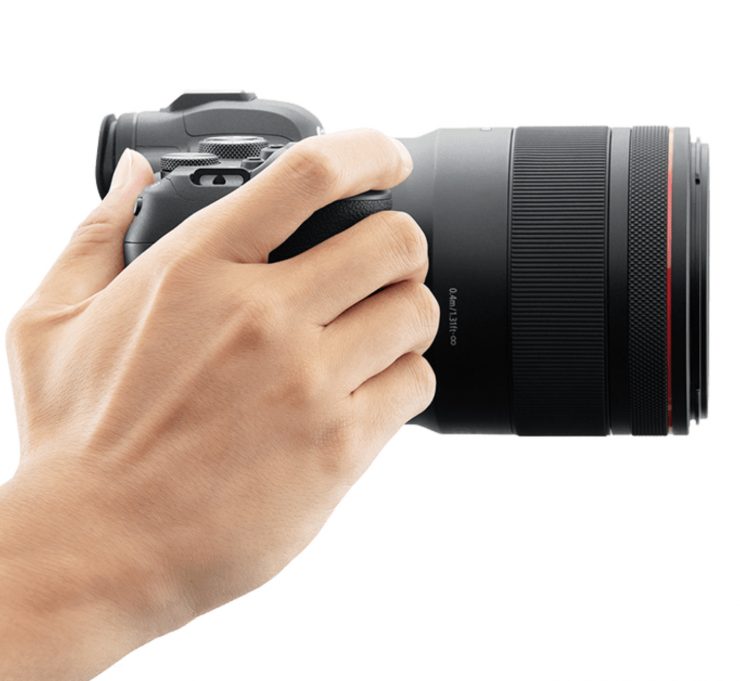
The lack of ALL-I recording in key shooting modes may well force some shooters to choose the R5 over the R6. Even though the R6 is recording in H.265 the bitrates in IPB are a lot lower than that of ALL-I. The only real benefit of IPB is that it is less taxing on your computer and you can record substantially more material on an SD card.
The bitrate for recording UHD in 23.98p, 25p, or 29.98p is 170 Mbps. HD in 23.98p, 25p, or 29.98p is limited to 45 Mbps. Below you can see the difference between the maximum bitrates of the R6 and the R5 when recording in UHD or HD:
| EOS R6 | EOS R5 | |
| UHD (50p, 59.94p) | 340 Mbps (IPB Standard) | 940 Mbps (All-I) |
| UHD (23.98p, 25p, 29.97p) | 170 Mbps (IPB Standard) | 470 Mbps (ALL-I) |
| HD (50p, 59.94p) | 90 Mbps (IPB Standard) | 230 Mbps (ALL-I) |
| HD (23.98p, 25p, 29.97p) | 45 Mbps (IPB Standard) | 135 Mbps (ALL-I) |
Here are the full bitrates and recording options for the R6:
So how do these specifications compare to other mirrorless full-frame cameras that are currently available? Below you can see:
| RECORDING RESOLUTION | BIT DEPTH (internal) | FRAME RATES | RAW | |
| Canon EOS R5 | 8K, 4K DCI, UHD, HD | Canon RAW & 4:2:2 10-bit | 8K up to 30p 4K up to 120p | Yes |
| Canon EOS R6 | UHD, HD | 4:2:2 10-bit | UHD up to 60p, HD up to 120p | No |
| Canon EOS R | UHD, HD (crop when shooting 4K) | 4:2:0 8-bit | 4K up to 30p HD up to 60p | No |
| Panasonic S1H | 6K, 5.9K, 5.4K, DCI 4K, UHD, 4K anamorphic, HD | Resolutions above 4K DCI are limited to 4:2:0 10-Bit 4:2:2 10-bit when shooting in resolutions of 4K DCI and below | 6K up to 24p 5.9K up to 30p 5.4K up to 30p 4K DCI up to 60p HD up to 180p | Yes, externally. Although not available yet |
| Panasonic S1 | UHD, HD | 4:2:2 10-bit | UHD up to 60p HD up to 180p | No |
| Sony a7R IV | UHD, HD | 4:2:0 8-bit | UHD up to 30p HD up to 120p | No |
| Sony a7 III | UHD, HD | 4:2:0 8-bit | UHD up to 30p HD up to 120p | No |
| Sony a7S II | UHD, HD | 4:2:0 8-bit | UHD up to 30p HD up to 120p | No |
| Nikon Z6 | UHD, HD | 4:2:0 8-bit | UHD up to 30p HD up to 120p | Yes, externally |
| Sigma fp | UHD, HD | 4:2:0 8-bit, 4:2:2 10-bit, 4:2:2 12-bit | 4K DCI up to 30p HD up to 120p | Yes. Internally and externally |
These specifications are for internal recording. Some cameras can only record in certain resolutions and frame rates in 4:2:0 8-bit.
As far as resolutions, frame rates, and internal recording are concerned, the R6 still performs very well, but Canon’s own R5 and arguably the Panasonic S1H offer better options, at least on paper.
Is there any of the usual Canon crippling?
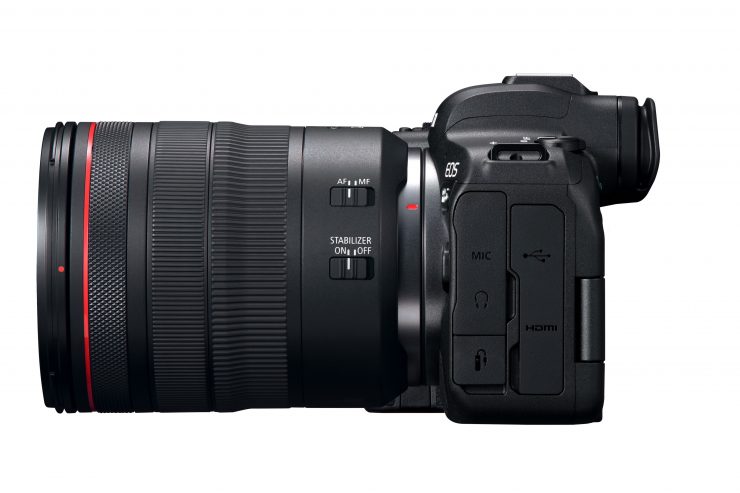
Over the years we have been accustomed to seeing Canon release cameras that at least on paper had underwhelming specifications. As we all know, specifications don’t tell the full story of any camera, however, they do help companies sell cameras.
I really believe that Canon turned the corner with the C500 Mark II and then the C300 Mark III. Both these cameras are very solid offerings and they show me that Canon has made a concerted effort to change their strategy and direction.
So does the EOS R6 have any gotchas? Well, yes. Although, in saying that, apart from 29 min 59-sec record limits, and the lack of ALL-I recording in a lot of the main video shooting modes, there really isn’t too much to complain about.
Dual Pixel CMOS Auto Focus
What is also great to see is that Canon’s very good DPAF is available across all resolutions and all of the frame rates, including HD 120p.
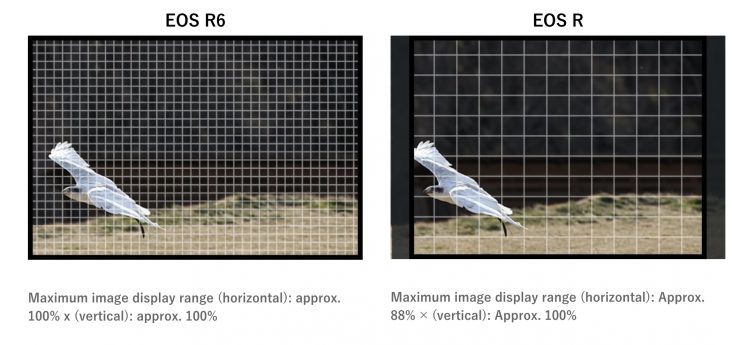
The R6’s Dual Pixel CMOS Auto Focus offers 100% area coverage and it has 1,053 autofocus zones when shooting stills. Once you start shooting video, the number of autofocus areas drops to 819 zones.
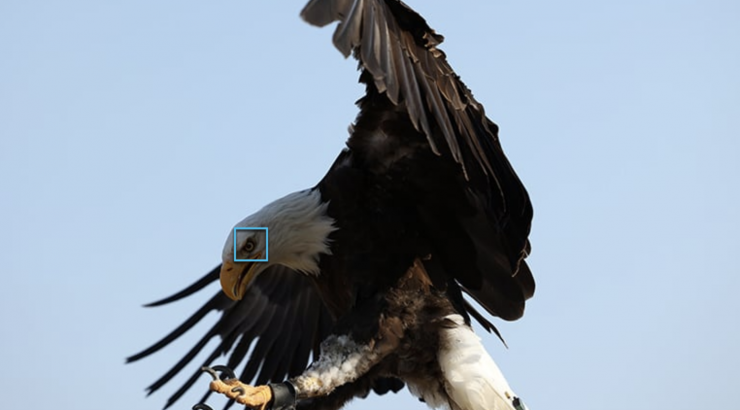
A lot of the autofocus technology that is incorporated in the R6 and the R5 has come directly from the EOS-1D X Mark III.
Canon has also included face detection, eye detection, and head tracking for when you are shooting people. There is also head, eye, and body tracking for birds, cats, and dogs. You can even prioritize which one you want to use in the menu. So for example, if you had a scene with an animal and people in it you can choose whether the autofocus will prioritize the people or the animal.
In-body Image Stabilization
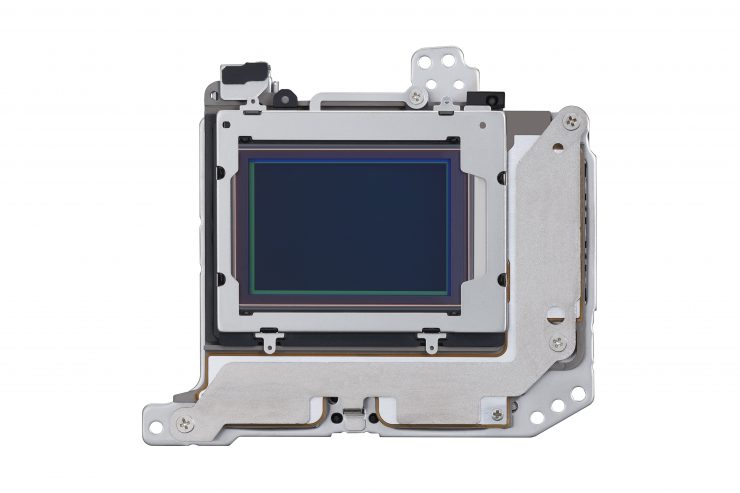
The R6 is the second Canon R-System camera to feature In-body Image Stabilization. Canon claims that it offers up to 8 stops of shake correction. These 8 stops of shake correction are only possible when using the R6 in conjunction with certain Canon R mount lenses. The In-body Image Stabilization is the exact same system used in the R5.
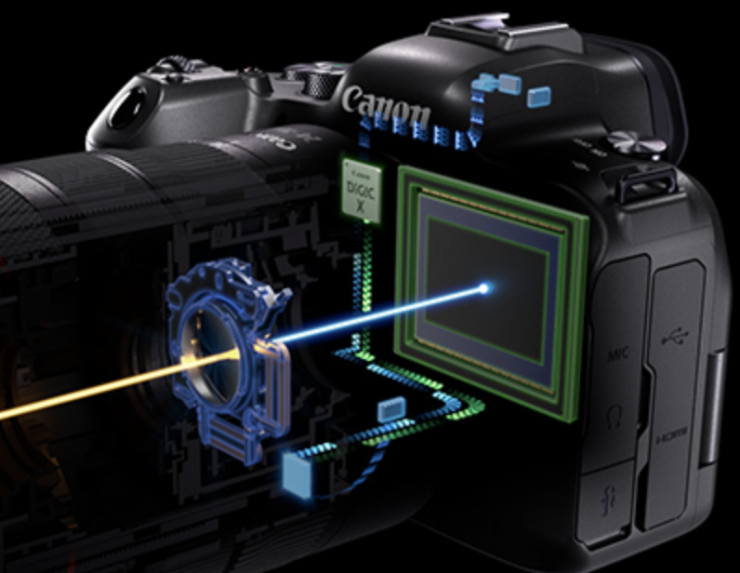
Below you can see a list of Canon lenses and how many stops of shake correction you can achieve when combining them with the R6.
| STOPS OF SHAKE CORRECTION | |
| Canon RF 24-70mm f/2.8L IS USM | 8 |
| Canon RF 24-105mm f/4L IS USM | 8 |
| Canon RF 85mm F2 IS | 8 |
| Canon RF 28-70mm f/2L USM | 8 |
| Canon RF 24-105mm f/4-7.1 IS STM | 8 |
| Canon RF 85mm f/1.2L USM | 8 |
| Canon RF 85mm f/1.2L USM DS | 8 |
| Canon RF 70-200mm f/2.8L IS USM | 7.5 |
| Canon RF 24-240mm f/4-6.3 IS USM | 6.5 |
| Canon 100-500mm F4.5-7.1 L IS USM | 6 |
The In-body Image Stabilization will still do a pretty good job with any lens you use, regardless of whether it has IS. From the examples I have seen, the In-body Image Stabilization works very well.
The In-body Image Stabilization works through a complex series of sensors. The Gyro Sensor reads the angle speed, the Acceleration sensor reads the acceleration, and the Imaging Sensor reads the Motion Vector. All of this information is then combined and processed by the DIGIC X processor.
If you then combine the camera with an IS lens there is communicated coordination between the DIGIC X processor and the lens CPU which is getting its own data from a Gyro sensor that is reading the angle speed and an Acceleration sensor, that is reading the acceleration. By combining all of this information you get the best of both worlds.
You can turn the IBIS off, but if you have a IS lens attached you can’t. There must be a reason for this, but when I spoke to canon they couldn’t tell me what that was. The other thing to note is that the IBIS automatically turns itself off when a camera is placed on a tripod or stationary service. It doesn’t turn off if you put the camera on a gimbal.
Vari Angle LCD Touchscreen
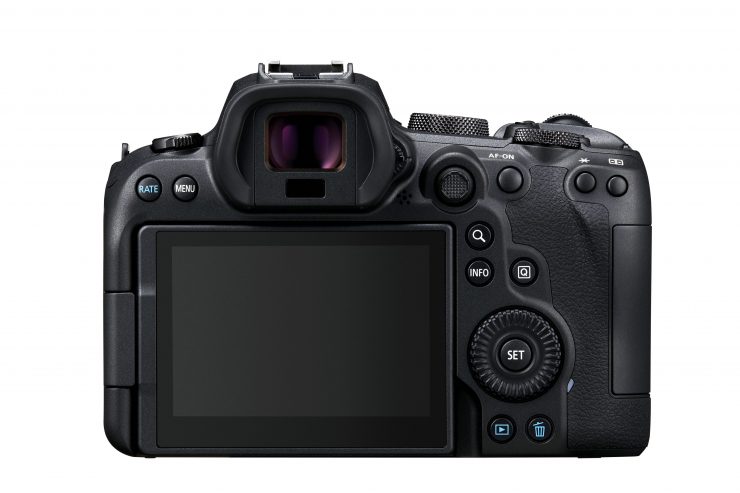
The EOS R6 features a 3″ 1.62 MP Vari Angle LCD Touchscreen that is fully adjustable and it folds and flips out so you can also use it to see yourself.
This is slightly smaller and has less resolution than the screen on the R5.
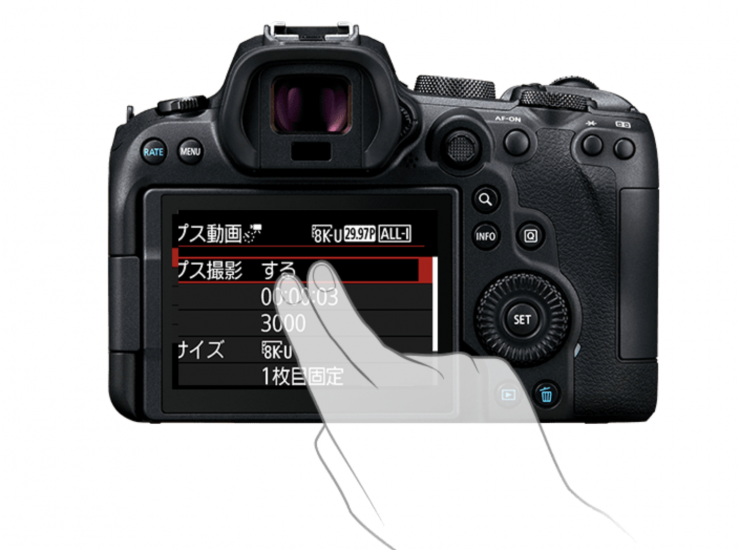
In a nice touch, you can use two fingers to swipe and enlarge the screen.
New Electronic Viewfinder
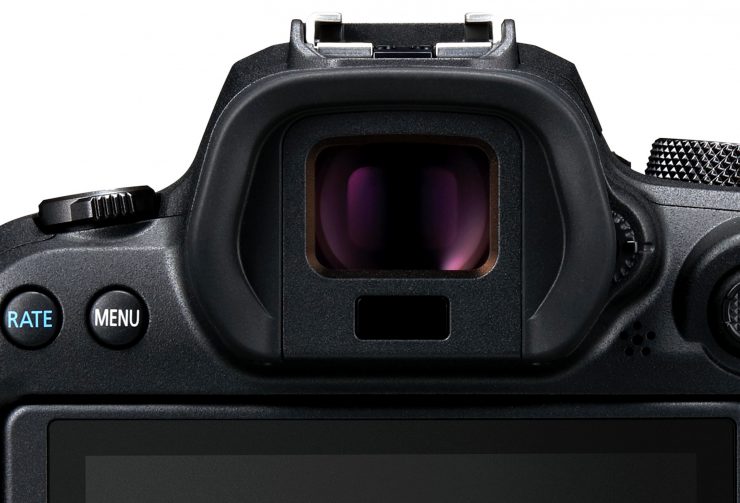
The new electronic viewfinder on the R6 has 3.69 million dots and a selectable 119.98fps or 59.94fps refresh rate. This is less than the 5.79 million dot EVF on the R5.
Canon claims that the image stuttering people were experiencing when using the viewfinder on the EOS R is not nearly as pronounced on the R6.
Body & Weather Sealing
The weather sealing on the EOS R6 isn’t as good as that of the EOS R5. In terms of weather and dust sealing, Canon told me that it the equivalent of the 60D MII.
Controls & Layout
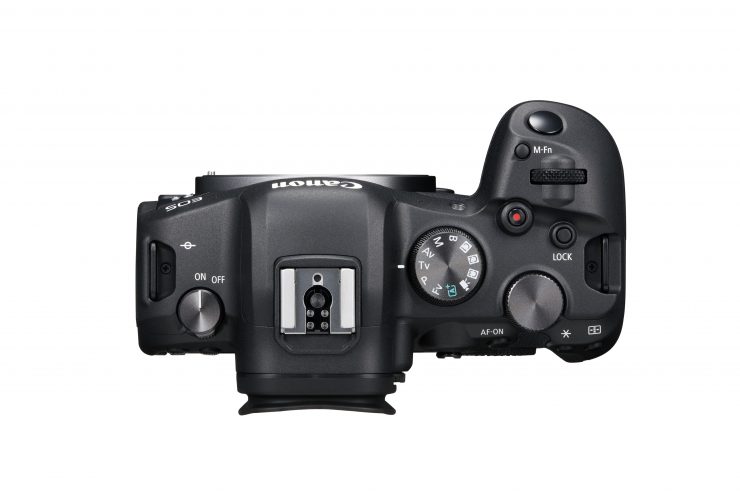
EOS R6 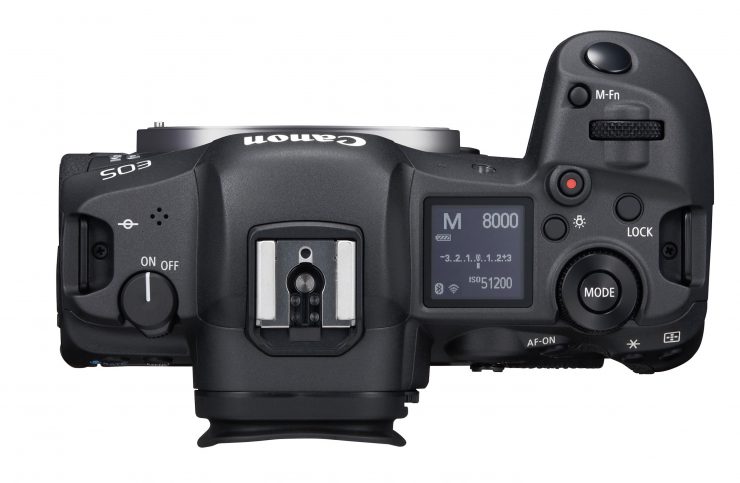
EOS R5
Just like the EOS R5, the EOS R6 control layout does take some cues from the EOS R. While it is very similar to the R5, it doesn’t have a top LCD screen.
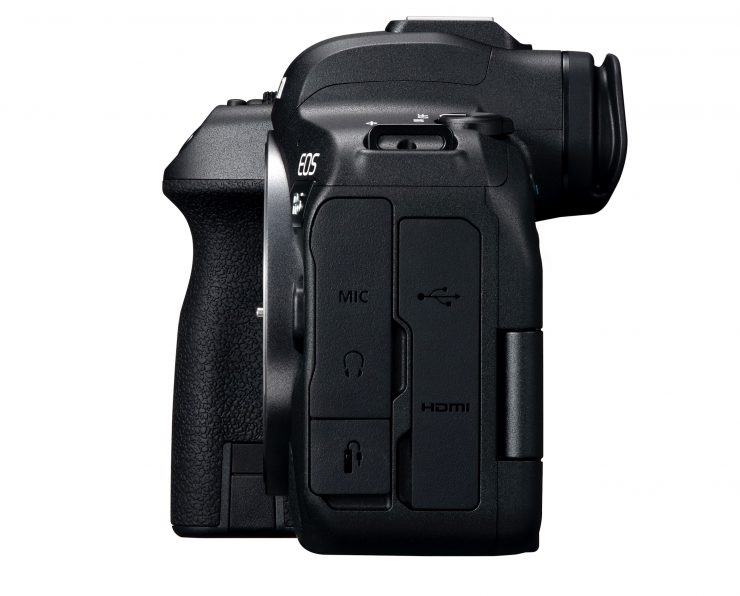
It does have a 3.5mm mic jack, a headphone jack, HDMI out, etc.
As far as what is coming out over HDMI, you can record clean 4:2:2 10 bit up to 60p.
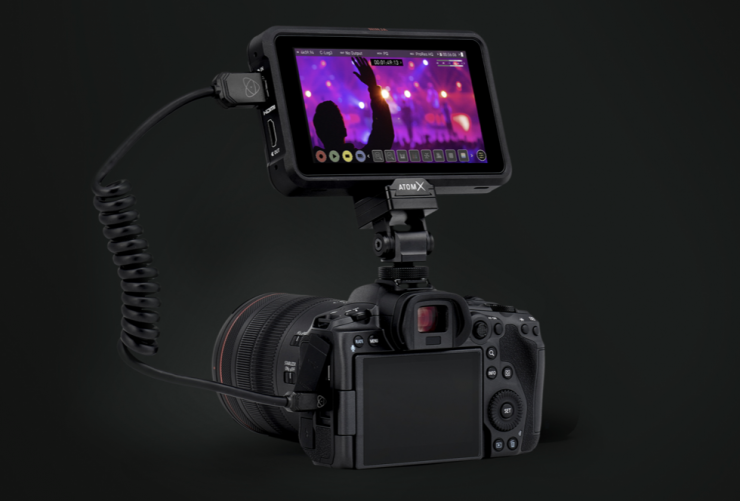
The Atomos Ninja V, Shogun 7 and Sumo19 HDR monitor recorders will record 4kp59.94 10-bit 422 Apple ProRes or Avid DNx video from the new Canon EOS R5 and EOS R6 full-frame mirrorless cameras. Atomos support 4K and HD video recording from the EOS R5 and EOS R6 via HDMI in industry-standard codecs on all current monitor-recorders.
LUTs & Monitoring Assist Tools
The EOS R6 does have a few in-built monitoring assist LUTs, but you can’t load up your own LUTs.
As far as monitoring assist features go, there is only zebras, a histogram, and focus magnification. Apparently there is also peaking from what I have seen.
In a nice touch, the R6 does utilize the same focus assist feature that is found in some of the latest Cinema EOS cameras.
Dual UHS-II SD Card Slots
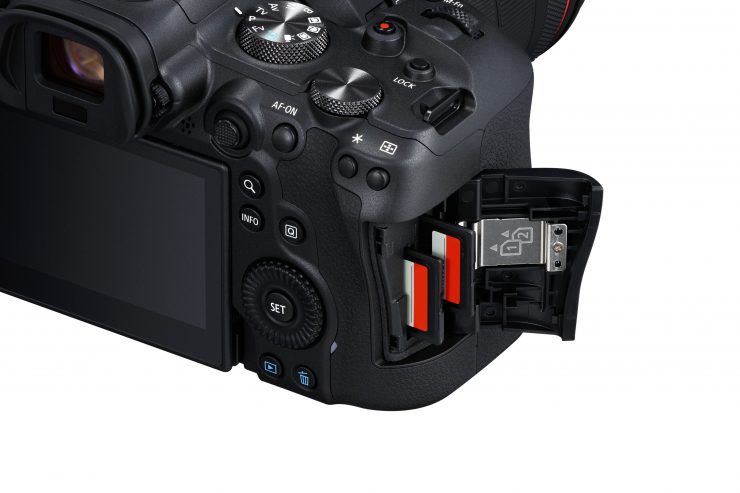
Unlike the EOS R5 which has one CFexpress card slot and one UHS-II SD card slot, the EOS R& features two UHS-II SD card slots. As the R6 doesn’t record RAW, 8K or 4K at 120fps, it doesn’ need the faster speeds offered by a CFexpress card.
New Battery
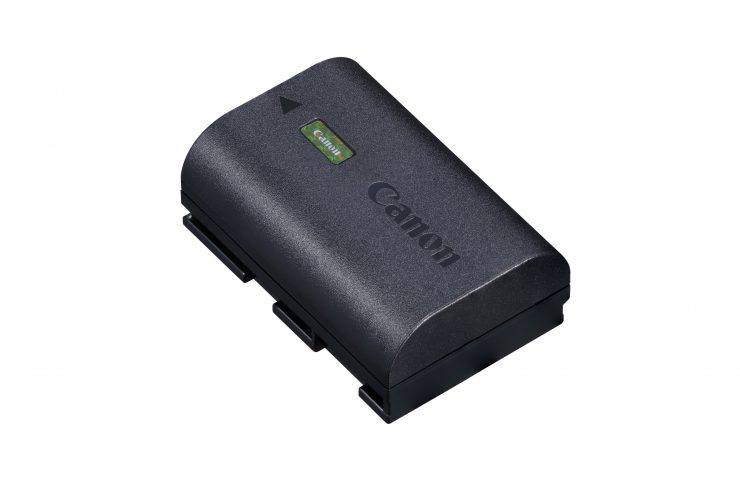
The EOS R6 uses a new Canon LP-EP6NH battery found in the R5. This is larger capacity battery than the batteries that are used to power the EOS R, however, regular LP-EP6N batteries will still work in the camera.
Additional Canon LPE-6NH batteries for the R5 and R6 will cost $79 USD each.
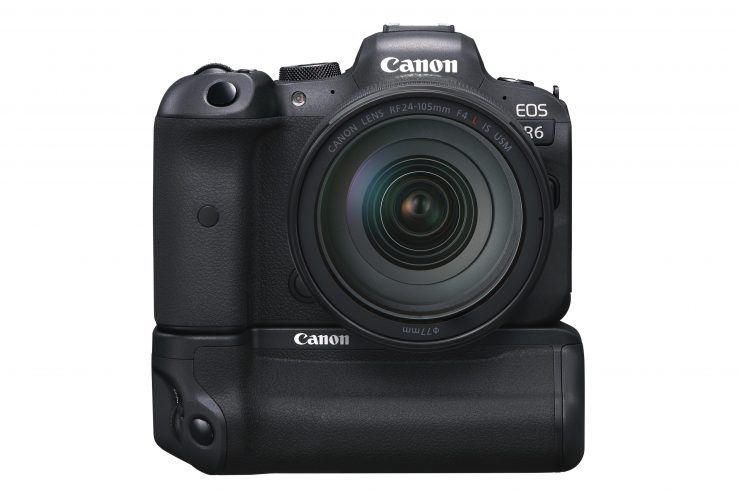
Canon also has the BG-R10 battery grip that works for both the R5 and R6. This will be available at the end of July for $349 USD.
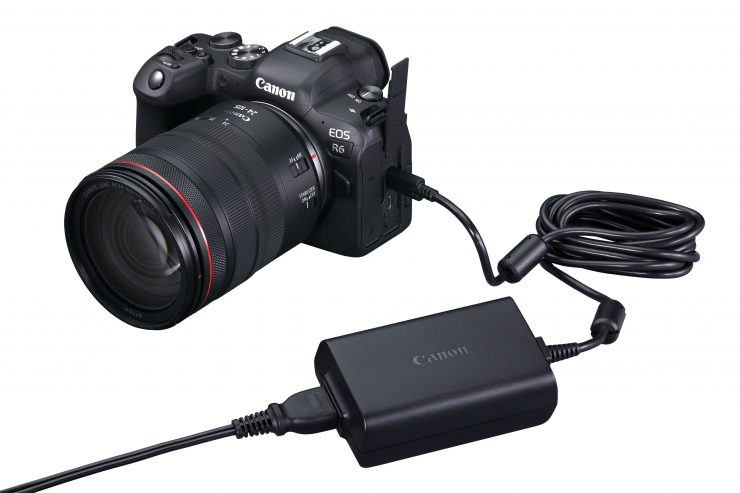
The camera can also be powered via an AC source.
Audio
Audio features are rarely talked about, but they should be scrutinized carefully. The R5 has a single 3.5mm stereo input.
What I personally find quite astonishing is that Canon still doesn’t have any type of audio module available for any of the R-System family of cameras. It would have been the perfect time to announce one with the R5 and R6.
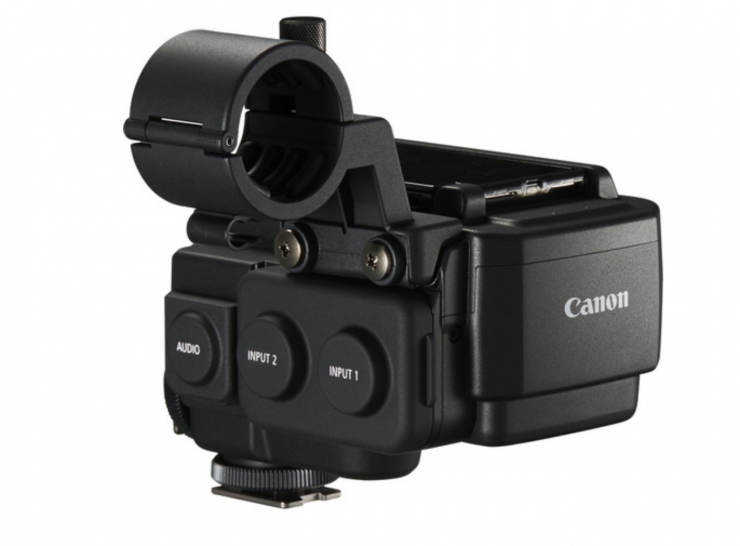
Canon does have the MA-400 Microphone Adapter for the C300 Mark II and the XC15 ($499 USD), but it doesn’t work with any of the R-System cameras.
Panasonic and Sony both offer professional audio adapters that interface through a hot shoe connector. This is where they have a serious advantage over Canon.
Yes, you can get third-party interfaces from companies such as Saramonic and Azden, but it would have been nice to see Canon come up with their own solution.
Collaboration between Cine & Stills Departments
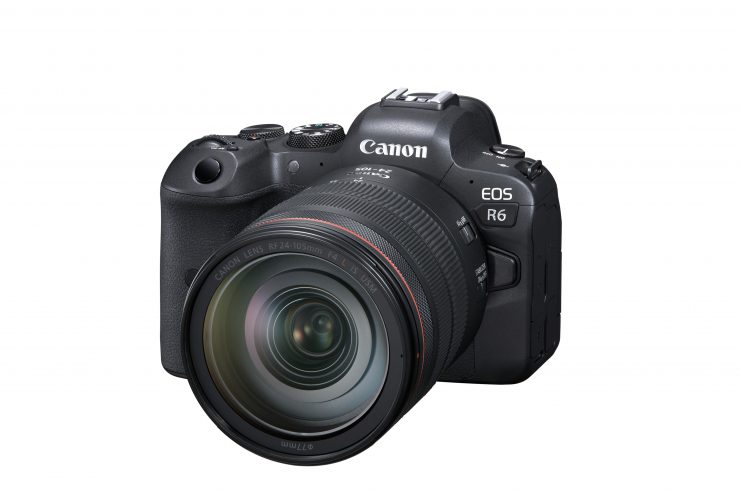
For a long time, the Canon cine and stills departments didn’t really do much collaboration. Well, that has now changed and Canon is very keen to stress to consumers that both departments have been working closely together.
Canon views the 1DX Mark III, EOS R5, and EOS R6 as important B and C cameras that can be used in conjunction with the C700 FF, C500 Mark II, and C300 Mark III.
While not as fully featured as the R6, the R5 has certainly still been positioned to be used in that capacity.
Where does the R6 sit in Canon’s lineup?
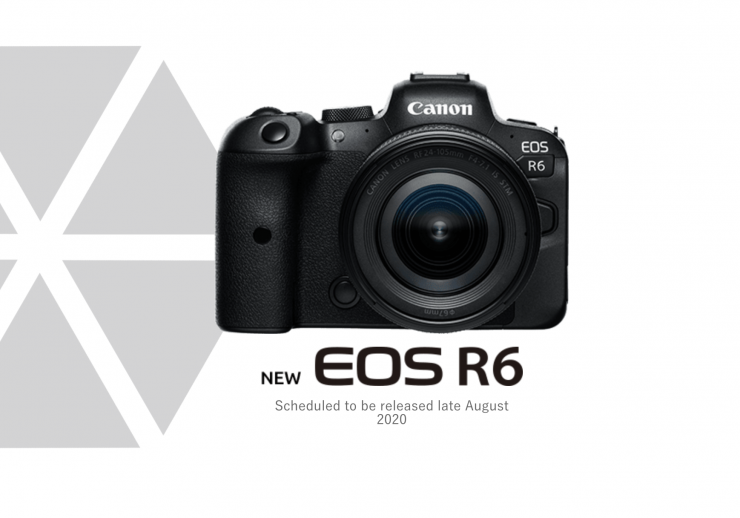
It is probably fair to say that the Canon EOS R6 is the mirrorless equivalent of the Canon EOS 6D Mark II, but with much better functionality and features.
I think the R6 is designed to be a middle-tier camera that offers better video functionality than an EOS R and better stills performance than the EOS RP.
The R6 has IBIS and dual card slots, unlike the EOS RP, but it doesn’t have as many megapixels. I guess Canon had to be quite strategic to keep all of the R-system family relevant.
The Full-Frame R-System is growing
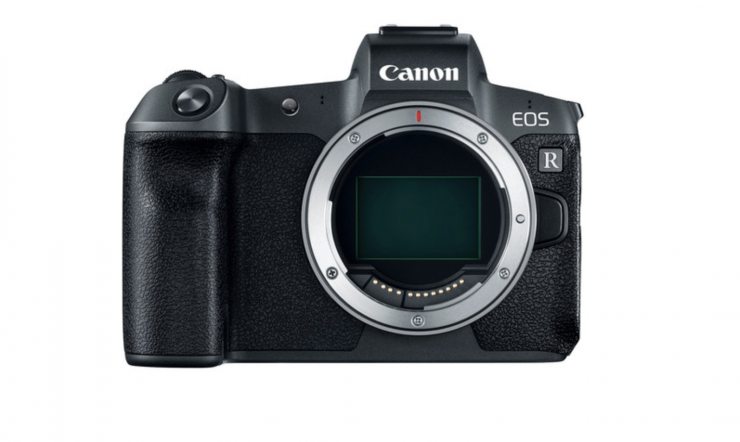
EOS R 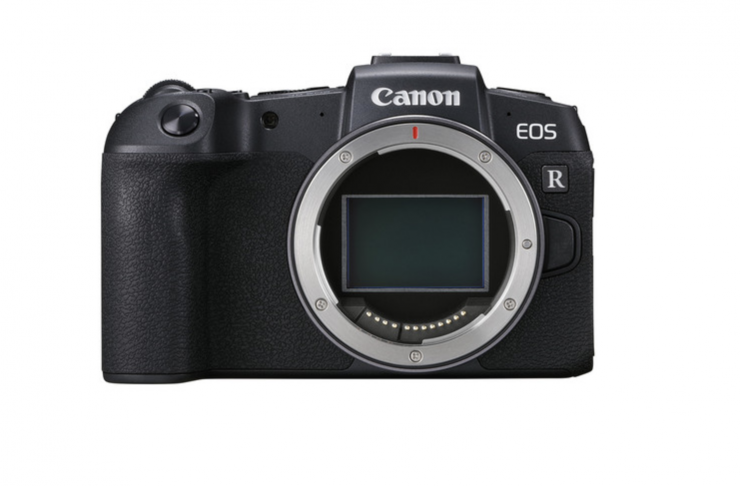
EOS RP 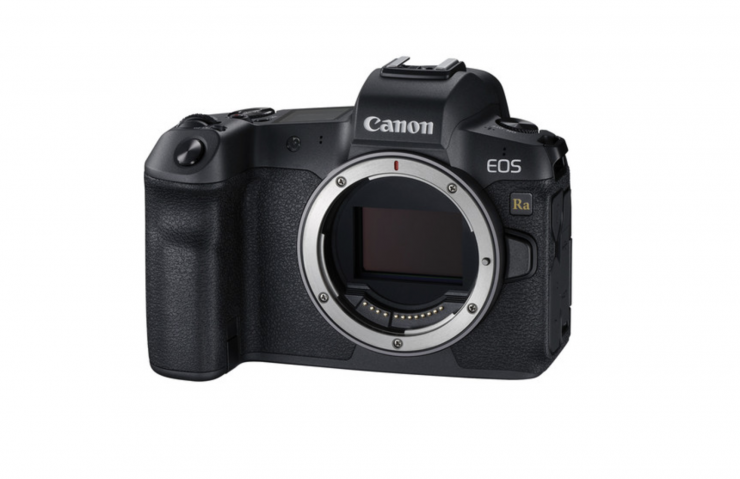
EOS Ra 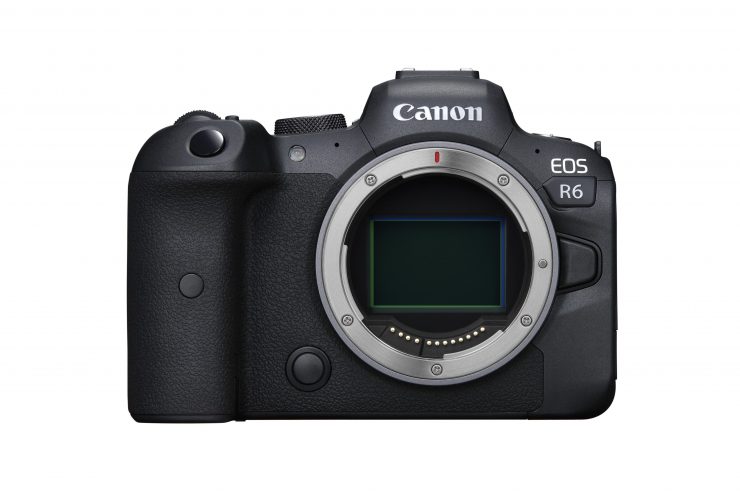
EOS R6 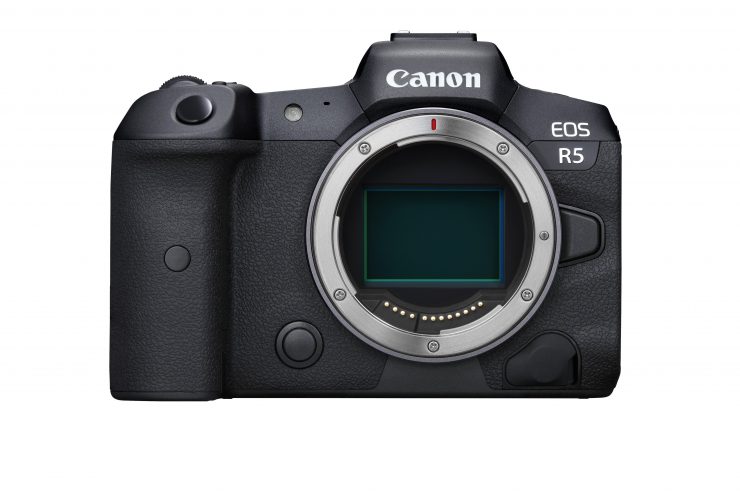
EOS R5
Canon now has five cameras in the full-frame R-system family:
- Canon EOS R
- Canon EOS RP
- Canon EOS Ra
- Canon EOS R5
- Canon EOS R6
Who is it being targeted at?
According to Canon, the EOS R6 is being targeted at :
- Photographers more focused on stills who need hybrid still and video features
- Better for people who need better low light performance (astro)
- Event photographers who are taking a lot of images – fewer megapixels = smaller file sizes which might be better for their workflows
Price & Availability
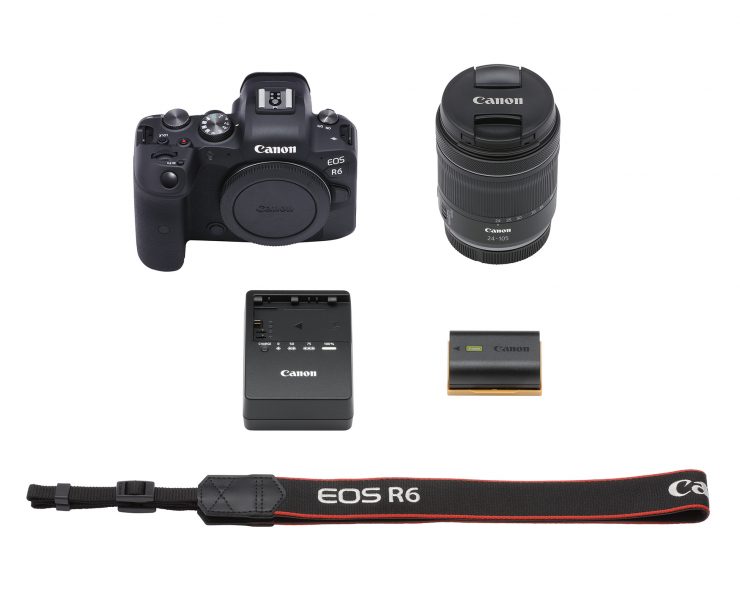
The EOS R6 will cost $2,499 USD (body only) and there will also be a kit that includes the Canon RF 24-105mm f/4L IS USM that will be available for $3,599 USD. You can also buy a kit with the R6 and the RF 24-105 F4-7.1 IS STM lens for $2,899 USD.
The camera is scheduled to start shipping at the end of August.
Thoughts
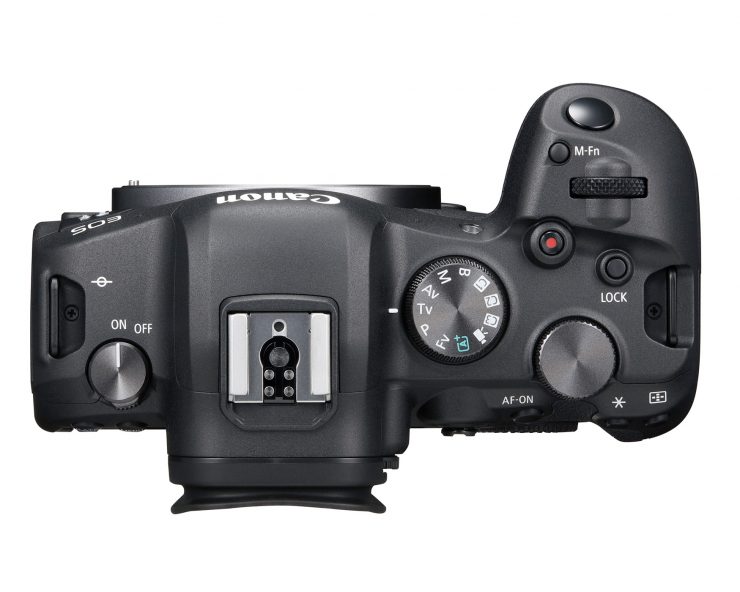
The R6 looks like a good mirrorless option for video shooters with the ability to capture UHD up to 59.94p in 4:2:2 10 bit, as well as HD at up to 119.98p.
For a lot of shooters, the R6 is going to offer 80% of the functionality of the more expensive R5. If you don’t need 8K or 4K 120fps, then the R6 makes for a very compelling solution. In a lot of ways, the gigantic file sizes that are associated with RAW recording and 8K make the R6 a more interesting proposition.
With the R6 you get the same autofocus system, same IBIS, same basic form factor, same color science, and better low light performance. It is also $1,300 USD cheaper and it uses affordable SD cards.
The lack of ALL-I recording options in a lot of the key shooting modes could potentially force some potential owners to consider the R5.
What do you think about the EOS R6? Would you buy one over the R5? Let us know in the comments section below.
Like what we do and want to support Newsshooter? Consider becoming a Patreon supporter and help us to continue being the best source of news and reviews for professional tools for the independent filmmaker.

